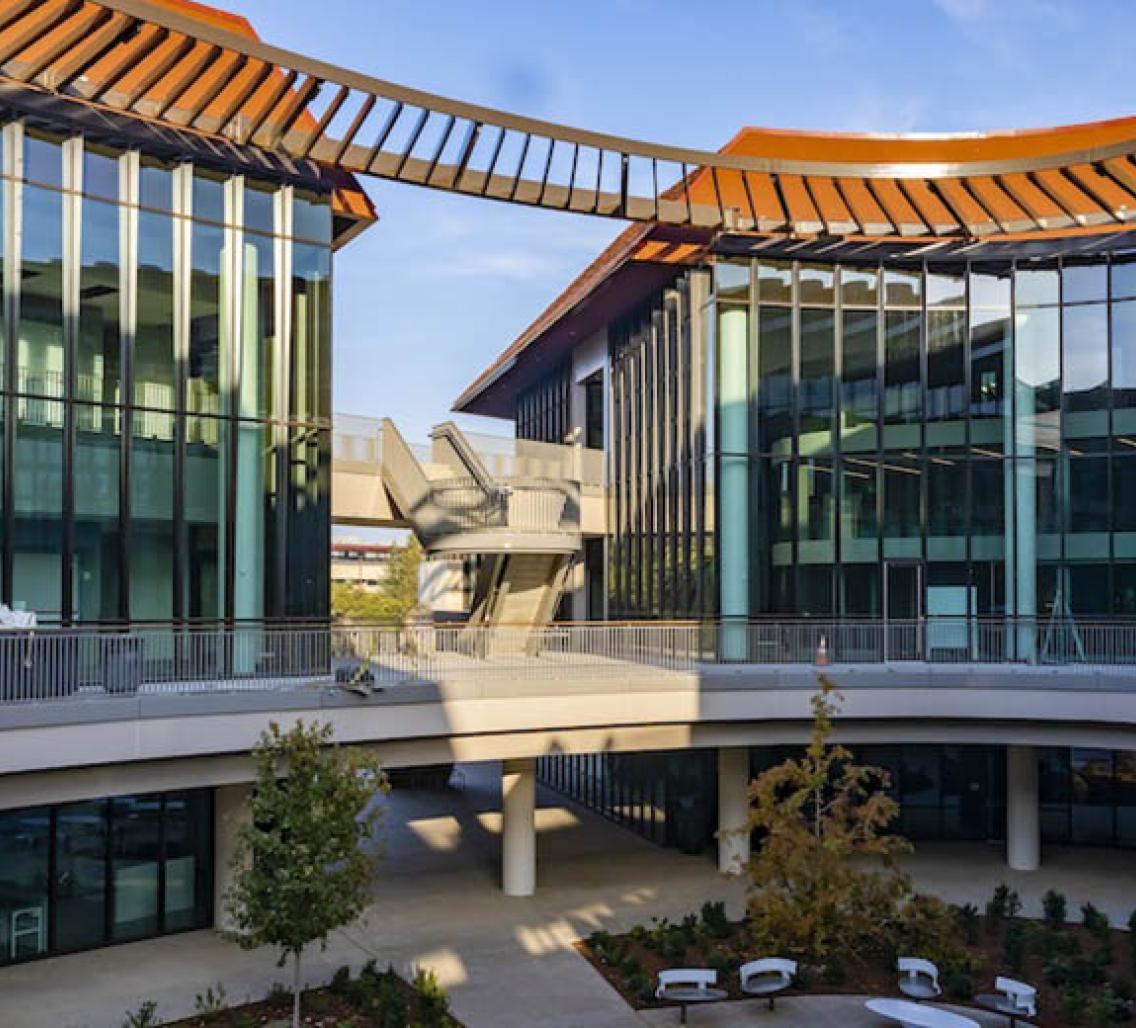By Nicholas Weiler
The Wu Tsai Neurosciences Institute was founded in 2013, just as I was wrapping up my thesis work in Stanford's interdepartmental neurosciences program. I remember the excitement in the air about what it might mean for the future of neuroscience at Stanford, but in the fog of preparing for my defense, I confess that much of the spirit of the day was lost on me.
Not until March of this year, when I returned to Stanford to take a position as communications manager for the institute, did I discover how much has changed.
I wrote about this change in an article in the latest issue of Stanford Medicine magazine, which digs into the mystery of the brain and neurological disease.
For one thing, the institute has grown. As an interdisciplinary institute within the Office of the Vice Provost and Deanof Research at Stanford University, Wu Tsai Neurosciences encompasses hundreds of affiliates from all seven of Stanford's schools. They include not only neurobiologists, psychiatrists and neurologists but also mechanical engineers, chemists, computer scientists, legal scholars, educators, economists and artists interested in human behavior and the workings of the brain.
Under one big tent
The institute has spent the past seven years leveraging its role as a big tent for neuroscience at Stanford to cultivate an inclusive and interdisciplinary future for the field -- exemplified by the new ChEM-H Neurosciences research complex, designed to maximize interaction between disciplines through grant programs that bring together researchers fof different fields, interdisciplinary training programs and a dedication to enhancing diversity, inclusion and equity in neuroscience.
I've been back for less than a year, but what I have learned is that -- at its core -- Wu Tsai Neurosciences strives to harness the full collective intellectual power of Stanford to solve some of the most challenging questions in science: the nature of the three pounds of tissue that produces our experiences, memories and dreams, and how to keep it healthy throughout a lifespan.
As institute director Bill Newsome told me soon after my return to Stanford: "We need to be more than a sum of our parts. We have a shot to accomplish together things we have no hope of accomplishing apart."
